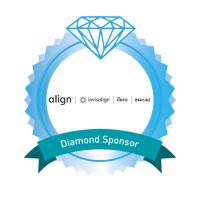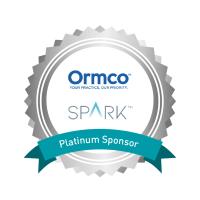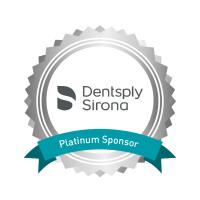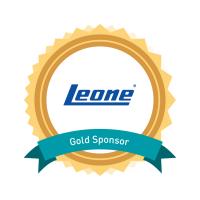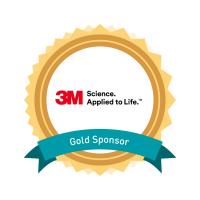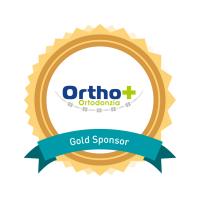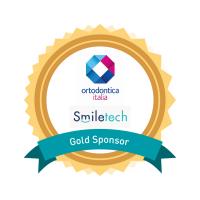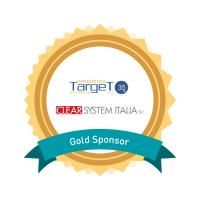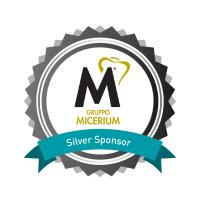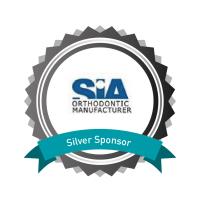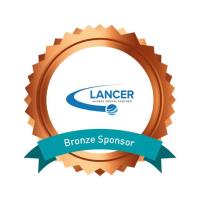Abstract
Digital Multi-Appliance System for Efficient Orthodontic Treatment
Aligners seem to have completely invaded our world
therapeutic and question and try to relegate the use of classic devices, whether they are brackets, removable active plates, orthopedic or functional devices. Although today no one doubts the effectiveness of aligners for the resolution of a wide range of malocclusions and the remarkable acceptance by adult and adolescent patients, it is time to reflect on the real therapeutic space they should occupy in our specialty, dealing with the terms efficacy and efficiency.
Today the concept of efficiency occupies a central place in orthodontic therapy and goes beyond the idea of biomechanical efficacy by adding profitability in times and costs of the appliances. It is true that most patients prefer treatment with aligners, not only because of their invisibility and comfort, but also because they are a sign of status compared to other types of metal devices and because of the pressure that companies exert directly on the patient. The Achilles heel of aligners, at least of those not designed and produced in the clinic, is their efficiency in some types of treatment (cost/time/effectiveness).
We believe that the most classic devices shouldn't be abandoned or relegated to the closet of our clinic. Furthermore, the abundant and exclusive use of aligners may hide the lack of training of many new orthodontists in other more traditional but highly efficient techniques. Will the indiscriminate use of aligners by professionals with little orthodontic training lead to a plethora of iatrogenic events?
The concept of efficiency in orthodontics will be explained, showing different therapeutic protocols that combine different types of appliances and biomechanics, depending on the dental and skeletal malocclusion, age, facial biotype, etc. These protocols cover a wide range of devices (which we have grouped and coordinated under the acronym DMAS (Digital Multi-Appliance System) in addition to traditional aligners, such as PEGs (proprioceptive eruptive guides), functional orthopedic devices, removable active plates, fixed, double band and multibrackets, new alloys, rapid palatal expansion, MARPE and micro-implants.
Our protocols focus on a complete digital diagnosis of malocclusions and the selection of the best and most efficient biomechanics, always in accordance with the aesthetic and functional needs of the patient.
Predictability of treatment times and costs, without sacrificing the comfort and aesthetics of treatments, are today three key elements to success.
Learning Objectives
After this lecture, you will be able to define concept of efficiency related to aesthetic and functional needs of the patient.
After this lecture, you will be able to apply different therapeutic protocols that combine different types of appliances and biomechanics
After this lecture, you will be able to use the Digital Multi-Appliance System
Learning Objectives
After this lecture, you will be able to define concept of efficiency related to aesthetic and functional needs of the patient.
After this lecture, you will be able to apply different therapeutic protocols that combine different types of appliances and biomechanics
After this lecture, you will be able to use the Digital Multi-Appliance System


